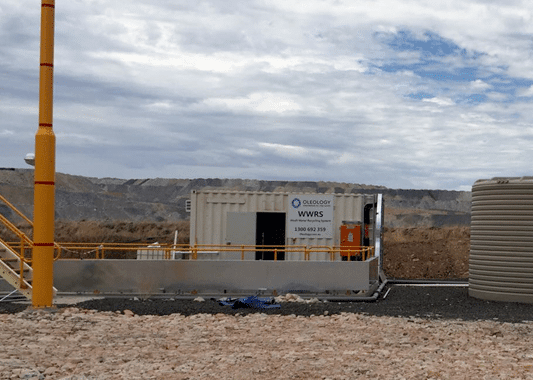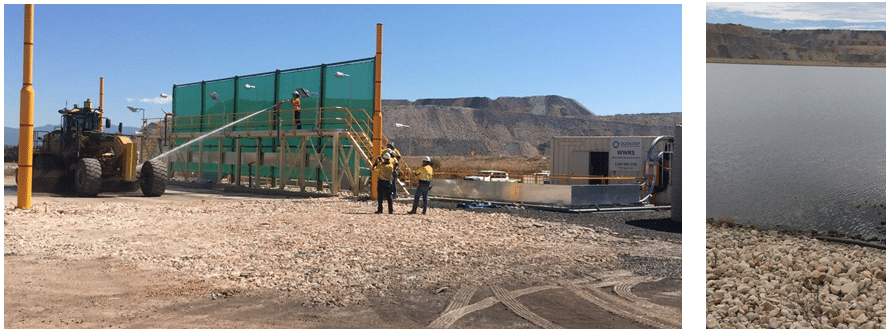Coal Mine Wash Water Decontamination
DISCHARGE WATER FROM HV/LV WASHBAY
CUSTOMERS: National Coal Mining Company
LOCATIONS: New South Wales
Application
DISCHARGE WATER FROM HV/LV WASHBAY
FLOW RATE
15KL/hr
Objective
Treat wash water with contaminant levels:
RPH Concentration specified 50mg/L up to <200mg/L
Grease & Oil emulsions with TSS for compliant discharge to environment
Data
Average discharge levels with OLEOLOGY:
| TPH | < 10ppm |
| TSS | < 15mg/L |
| Oil Droplet | < 5micron |
| Sheen free |
Company profile
- This major coal producer exports to the world from mines in regional NSW
- Full site facilities to enable open cut mining
- A fleet of heavy and light vehicles are maintained on site
Business Situation
With increased traffic a new HV & LV washbay was required and a compliant water treatment plant to manage the suspended solid loading with grease and oil spikes.The depressed price of coal has limited the budget for the critical water treatment to meet EPA requirements. Site installation is required to be minimal to maintain low cost solution.
Technical situation
The process requires three stages (solids settling, oil separation and water polishing), each designed to achieve a specific goal. Discharge water is directed to the dam at site and must be compliant with EPA environmental regulations and mine license conditions.To minimize the installation and commissioning costs the treatment plant is containerized, fully tested and ready for site connection, significantly reducing work.
Solution
The water treatment is staged beginning with gross oil & solids removal, by optimal sump design, oil is skimmed at the oil retention stage from the sump and water is drawn into the OLEOLOGY container with the MyCelx filtering stages.REGENerable media firstly removes suspended solids and oily solids followed by polishing through the MyCelx cartridge filters. The backwashing of the filtering media is conducted by the operator, maintaining efficacy and service life of the system and importantly the discharge water quality.Water quality is a high priority with onsite environmental staff constantly monitoring the treated water.
Benefits & Impact
- Reduced water usage, treated water may be reused for dust suppression
- Minimal running costs, no chemicals required
- Risk reduction for environmental compliance



